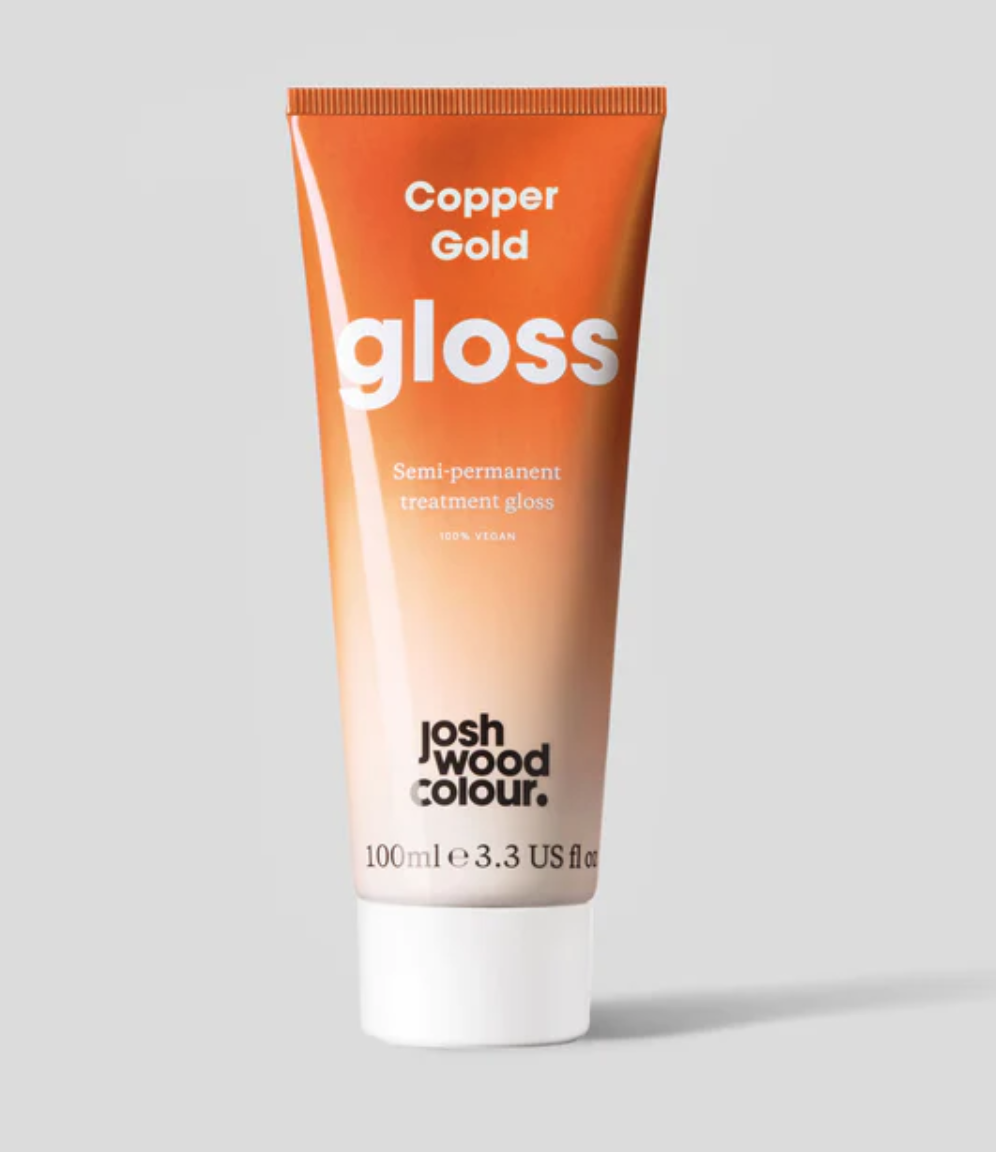Written by Akesha Reid
Not all bad dye jobs have to end in an emergency salon trip, here’s how to establish whether you can fix your DIY hair disaster at home.
I’m sure you can picture the scene. Staring into the mirror willing for your hair to revert back to whatever the situation was before you dyed your hair. The box is probably still on the side of your sink, the latex gloves bunched up in the corner. Did you even need to do this? Probably not, but here you are now with what feels like a true hair care disaster in front of you.
As a beauty journalist, while I’m not a big fan of at-home colour, I do understand how good it can be; quick, efficient, and during this cost-of-living crisis, often a lot less expensive than a salon visit. But the problem is that without a pro on hand and chemicals in the mix there is a propensity for things to go wrong.
Why can at home colour go wrong?
If you are applying an all-over semi-permanent vibrant colour to naturally blonde hair or box dyeing a brunette hue an even richer colour, the likelihood for things to go wrong is slim. The real problems can come when you attempt to bleach or to do techniques like balayage at home.
“Using bleaching products at home can be a disaster in the wrong hands,” says celebrity hairdresser Lorraine Dublin. “I strongly advise my clients to avoid doing any colour work other than colour glosses and treatments at home.”

Josh Wood Colour Copper Gold Gloss, £10
However, during our times in and out of lockdowns, with hairdressers shuttered for months on end, many of us fancied ourselves as master colourists in the making. But, jobs like scalp bleach (when you lighten all the way to the roots) or even a root touch-up can be more complex than you think.
If you’re bleaching from root to tip, you have to be diligent on how long you keep the bleach on your hair as removing too much pigment from the hair can damage it beyond repair.
“Over-bleaching removes the healthy keratin from your hair too and as a result takes away the elasticity causing breakage,” says Dublin. Unfortunately, this kind of colour gone wrong can’t be fixed without a trip to the salon. Your hairdresser will need to access how much hair is salvageable with an in-salon treatment and how much needs to be cut.
When can bad at-home colour be fixed?
Under-processing hair is much more fixable at home regardless of the technique you used to apply. Under-processed means your hair didn’t go as light as you had aimed for before you began rinsing out the bleach. While you might not have the desired outcome, you won’t have decimated your hair quality, which makes it easier to fix. The first thing to do though is to put the bleach away.
If you’ve had your hair professionally bleached and then choose to bleach it again at home, you’ll almost certainly have severe hair breakage. Until you can go to the salon to fix it, you can tone it at home to make your hair colour look more like you intended. Wait a day or so when your hair isn’t freshly washed before you go to tone. “The reason being is that you naturally produce a combination of natural oils and perspiration on your scalp – commonly known as an acid mantle – which helps to protect your scalp during the colouring process,” says Michael Douglas, UK Clairol Ambassador.
When it comes to picking a new tone, you’ll want to opt for a colour that complements your skin’s undertone but also takes into the tone of colour your newly bleached hair sits in.
“You can tell if you have a warm or cool skin tone by the jewellery that you wear. If you tend to suit gold then you have a warm skin tone, and if you tend to suit silver then you have a cool tone,” says Douglas. “If in doubt, opt for a neutral tone in your preferred depth as it will suit both warm and cool skin tones. Essentially, this means that the tone of the colour has an equal amount of primary colours, which results in a balance between cool and warmer tones.”
For a temporary tone fix, the Clairol Colour Gloss Up Conditioners, £8.99, work well, or if you’re looking for a more long-term fix, the Bleach London SuperNatural Colour Kits, £15, are a colour saviour.
Main image: Getty
Source: Read Full Article